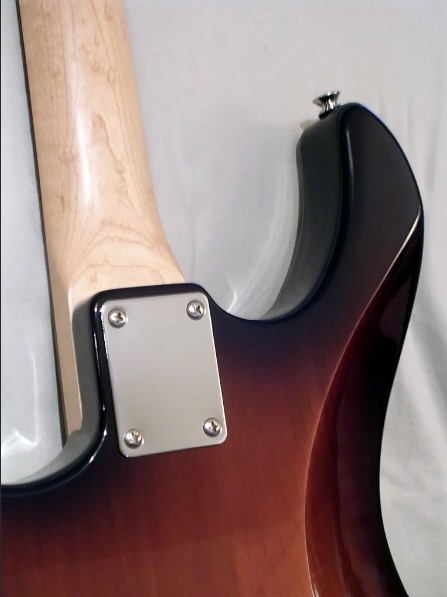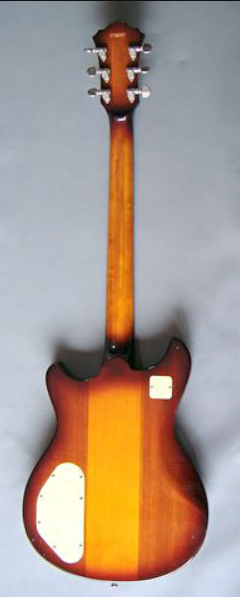Question: “Which is best on an electric guitar, a set neck, a bolt-on or a neck through body?”
Set Neck Guitar
Answer: It’s not so much an issue of “best” as it is “which sound do you prefer?”
The way a neck attaches to the body colors a guitar’s voice. String vibration transfers to the body through the neck/body joint (as well as through the bridge).
With a set neck guitar such as a Les Paul, the fit of the neck to the body is crucial – there must be no gaps or high spots to compromise the glue joint.
This way the neck and the body are “bonded” without adding pressure to the overall construction. Some builders feel a set-in joint gives the guitar a “singing” quality – notes seem to swell after the pick attack until they reach their final amplitude.
Smooth, warm sustain with moderate attack are characteristics often attributed to set-in guitars.

Bolt-On Neck Guitar
A bolt-on neck is practical – it’s easy to remove for repair or replacement – and versatile. A number of cottage industries have arisen that provide replacement or modified bolt-on necks for Fender Stratocasters, Telecasters and basses.
A good fit is still critical, as one builder/repair expert explains: “For a bolt-on to have the best possible tone, the neck must fit tightly in the pocket and make good contact on all sides of the joint. Any gap will result in lost sound”.
A bolt-on produces an identifiable timbre that emphasizes certain frequencies over others. It’s often defined as a “twang,” and is the result of the pressure exerted when you pull the neck into the pocket with screws.

Neck Through Body Guitar
